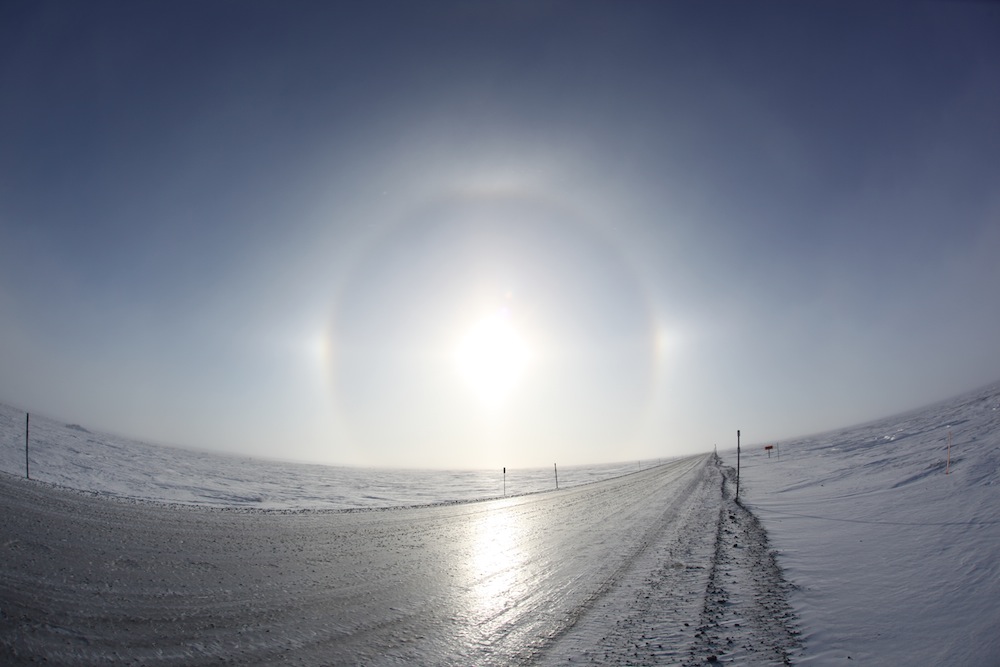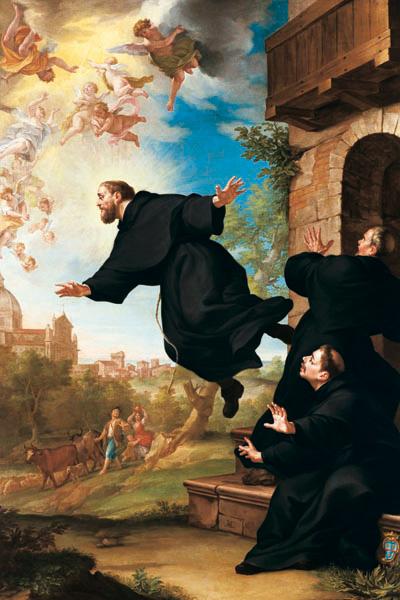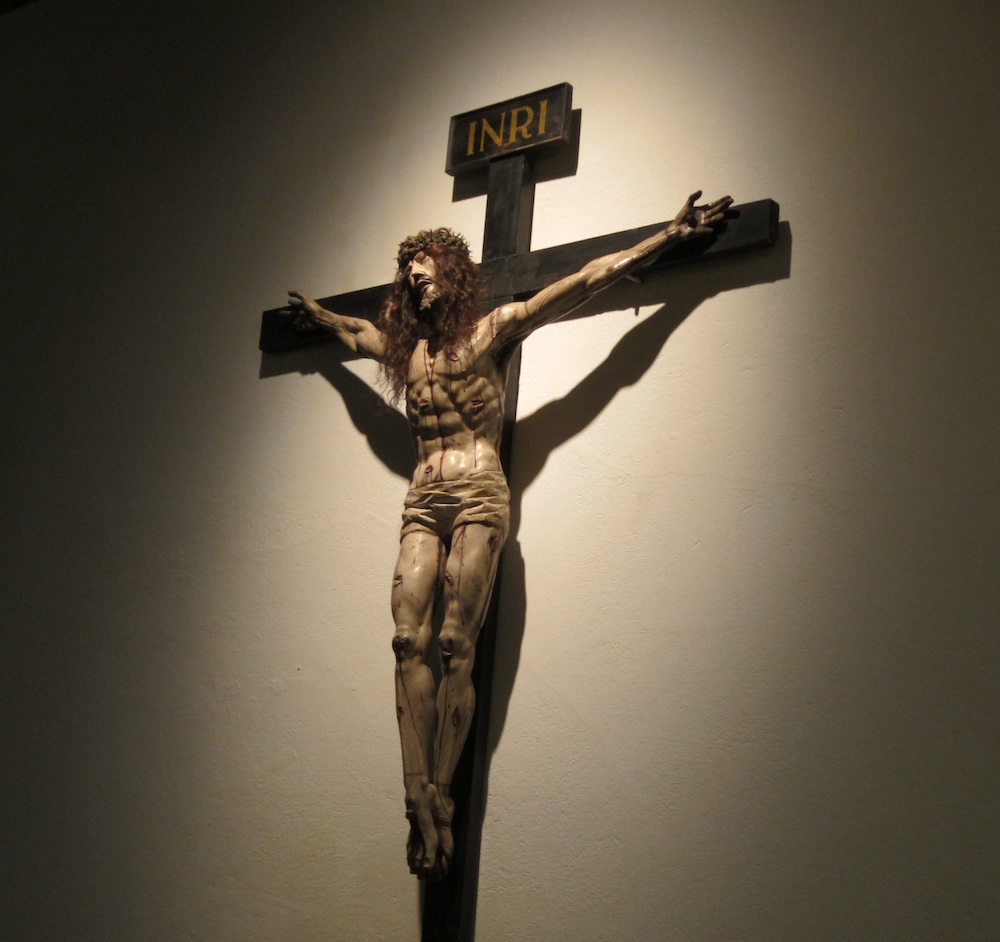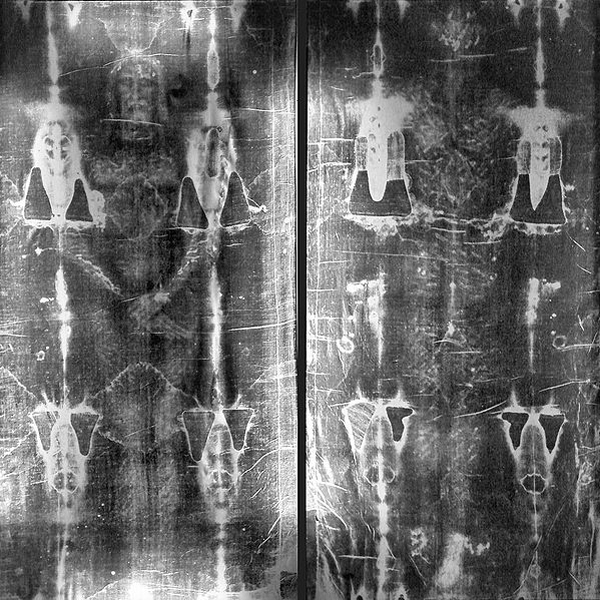The 10 Most Controversial Miracles
Acts of God

Almost every religion has their own accounts of miracles: divine events that seem to transcend the natural law.
But as science has marched forward, many seeming miracles wind up having scientific explanations. Still others are shown to be elaborate hoaxes.
Even so, belief in miracles continues. And despite scientific progress, there are still many miraculous phenomena that haven't been explained.
From liquefying blood to bleeding statues, here are some of the most famous and controversial miracles in history.
Apocalypse soon?
In 1981 in the small town of Medjugorje in what is now Bosnia-Herzegovina, six children reported seeing apparitions of the Virgin Mary. For years they claimed to receive daily messages and so far have allegedly received thousands of prophecies.
"One is a prediction that there are 10 secrets that will reveal the end of the world," said Michael O'Neill, who runs the website MiracleHunter.com.
Though the Vatican has never officially weighed in, the site has attracted millions of pilgrims over the years. In 2010, the Vatican agreed to investigate this event and should have its findings out in the next few months, O'Neill said. [Doomsday: 9 Real Ways Earth Could End]
Get the world’s most fascinating discoveries delivered straight to your inbox.
Sun blocker

In 1917 in the fields near Fatima, Portugal, shepherd children said the Virgin Mary appeared to them in a vision, telling them a miracle would occur on Oct. 13 that year. Thousands came to witness the event. Around Noon on a rainy day, the sun appeared to turn into a spinning disk that spiraled toward the Earth. Newspaper reporters onsite also reported the event. The church added the miracle of the sun to its list of official miracles in 1930. Some skeptics, however, point out that the effect could have been a sundog, a patch of light that appears near the sun, or note that not everyone there that day saw the miracle.
Permanent ink

In 1531 in the fields near Mexico City, a peasant named Juan Diego claimed to see an apparition of the Virgin Mary, who asked that a church be built in her honor. The Virgin also asked the man to gather flowers on a hillside, which he did and placed in his cloak. Afterwards, the cloak appeared to hold the imprint of the Virgin Mary. Though there have been a few scientific analyses of the so-called Our Lady of Guadalupe miracle over the years, no one has come to a definitive conclusion as to whether or how the image was painted, and if so, how it has been preserved so well.
Magic blood

Legend has it that a Cathedral in Naples holds a vial of blood from an early Christian martyr, St. Januarius. Reportedly, the blood is dry most of the year, but mysteriously liquefies three times throughout the year, on days commemorating his life and impact.
Flying high

In the 1600s, the saint and mystic St. Joseph of Cupertino entered into a religious trance and reportedly began hovering over the crowds. He apparently experienced this levitation multiple times — one time in front of Pope Urban VIII. As a result of his flying exploits, this mystic is the patron saint of pilots. In more recent history, other instances of levitation have been revealed as visual illusions, hoaxes or hallucinations.
Mysterious wounds

Several people throughout history have claimed to have stigmata, injuries similar to those Jesus Christ received during the crucifixion. One man, St. Pio of Pietrelcina reportedly had bleeding on his palms. However, skeptics say such miracle claims can be frauds or self-inflicted wounds.
Crying statue

In 1973, a statue in a little church in Akita, Japan, allegedly began to bleed soon after Sister Agnes Sasagawa at the church had an apparition of the Virgin Mary. The statue continued to cry, sweat and bleed for several years and was even captured on national television. The Sister Agnes, who was deaf prior to the apparition, also regained her hearing about a decade later.
Marian vision

In 1968, people in the Zeitoun district of Cairo, Egypt, reported seeing an apparition of an illuminated woman walking on the roof of a Coptic church. Many considered this to be an apparition of the Virgin Mary. The event was reportedly seen by many onlookers and even captured in photographs. So far, no one has found evidence that those photos were manipulated. The head of the Coptic Church in Alexandria declared this a legitimate miracle.
Always fresh

Dozens of saints reportedly do not decay after death, instead exuding a sweet and floral odor, which is considered a mark of sanctity. One example is St. Bernadette Soubirous, who died in 1879. In 1909, a bishop exhumed her and found that she had not decayed. She is now displayed, covered in wax imprints, in the Chapel of St. Bernadette in France.
Shroud of Turin

Though not strictly a miracle, the Shroud of Turin is one of the most famous relics in history. The shroud is allegedly the burial shroud of Jesus and contains an imprint of his face. Subsequent research has revealed that at least parts of the relic date to Medieval times, suggesting it was an elaborate hoax. However, follow-up research found the shroud could be much older — dating to between 280 B.C. to A.D. 220 — well within Jesus's lifespan. [Religious Mysteries: 8 Alleged Relics of Jesus]

Tia is the managing editor and was previously a senior writer for Live Science. Her work has appeared in Scientific American, Wired.com and other outlets. She holds a master's degree in bioengineering from the University of Washington, a graduate certificate in science writing from UC Santa Cruz and a bachelor's degree in mechanical engineering from the University of Texas at Austin. Tia was part of a team at the Milwaukee Journal Sentinel that published the Empty Cradles series on preterm births, which won multiple awards, including the 2012 Casey Medal for Meritorious Journalism.
